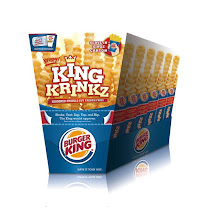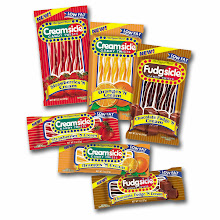
For the past two decades, the composition of the “principal shopper” in the United States has shifted dramatically from a predominantly-female demographic. The male principal shopper has become more common, due partly to the many variations in the family structure, including more single-parent homes. Additionally, Americans are postponing marriage according to the U.S. Census Bureau: in 2008, the median age at first marriage was 27.4 for men and 25.6 for women vs. 25.9 for men and 23.6 for women for the 1988 census. Finally, with Americans living longer and large numbers of Baby Boomers retiring, men are shopping more than their fathers or grandfathers. Almost 1/3 of men are now the principal shopper, posing challenges for grocery retailers, manufacturers and brands.
According to one observer, “men buy, women shop: the sexes have different priorities when walking down the aisles.” Data from several analyses by the A.C. Nielsen Co. show females dominating all shopping channels except convenience/gas stores, but their share of shopping trips has fallen over the past four years especially. Channels where men have shown important increases in influence include convenience/gas outlets, warehouse clubs and grocery stores.
In terms of dollar amount, women continue to dominate, though the difference is not as large as one might expect, and is largely explained by the fact that female shoppers plan their trips while men traditionally are impulse buyers. But men have increased their average dollar basket size across all channels, especially in grocery where they have increased spending by 56% over the past 5 years. In the grocery channel, men’s share of dollars increased from 30% to 38%—a 27% increase versus women’s decline of 11%.
In a study commissioned by ESPN, there has been an upward trend in both the amount of dollars spent by men and their shopping frequency, with males as the primary or primary/secondary shopper rising by 4% and 3%. Total dollars spent has increased by 8% and 7% respectively.
Not surprisingly, a large portion of the purchases by men are in the usual, predictable categories of grooming care and alcoholic beverages: hair coloring (86%); depilatories (84%); gin (83%); scotch (81%); and pre-shave cosmetics (80%). But some surprising results showed:
• Men’s External Breathing Aids (61%)
• Canned Seafood (61%)
• Refrigerated Juices, Drinks (61%)
• Prepared Food-Ready-to Serve Stew (59%)
• Herbal Package Tea (57%)
• Prepared Food-Ready-to Serve Lasagna (55%)
• Health Bars & Sticks (54%)
• Non-Sliced Refrigerated Lunch Meat (53%)
• Refrigerated Yogurt and Shakes (52%)
• Dishwasher Rinsing Aids (52%)
Traditional media ad buys fall into three categories:
1. Programming aimed primarily at females (network soap operas and female-targeted cable networks like Lifetime and Oxygen)
2. Programming aimed at both genders evenly (network prime time, broad-based cable networks like USA Network)
3. Programming that skews males (primarily sports networks)
The new shopper will mean marketers must reassess their ad buys and strategies. A study of media scheduling for a leading cold remedy and how that schedule delivered both male and female buyers found that men made up 48% of the brand’s users and 48% of sales occurred during shopping trips where the male head of the house was the primary/secondary shopper. The brand’s ad buy schedule included a wide mix of broadcast and cable networks, but focused primarily on women. Sports networks accounted for only 2% where only 38% of the brand target impressions fell against men, far below their share of the spend. Despite 20 years of trying to figure out the male shopper, marketers clearly have a ways to go.
Excerpted from BSLG's weekly subscription news reader service Food Business News. To subscribe or for information about licensing, contact Broad Street Licensing Group (tel. 973-655-0598)
.gif)











No comments:
Post a Comment
Note: Only a member of this blog may post a comment.